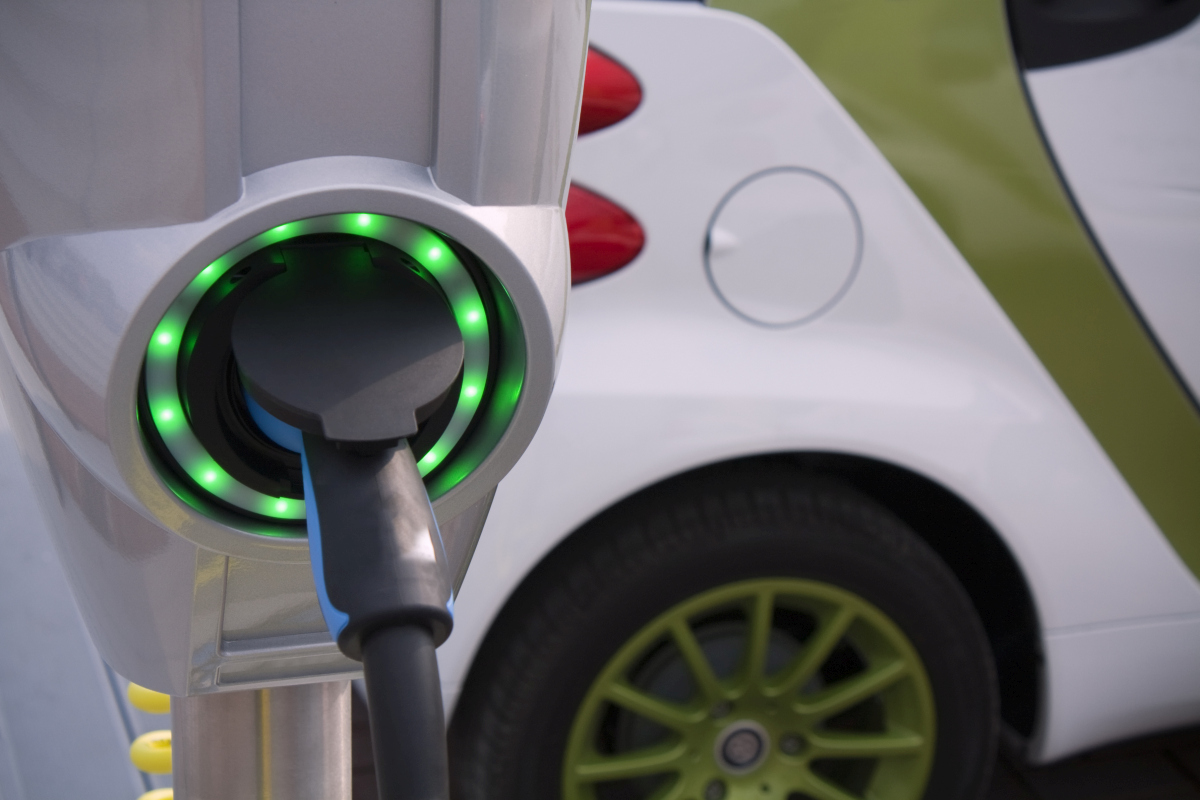In the last decade the research topic of e-mobility emerged, addressing, among others, problems like vehicle routing with range limitations or location planning for re-charging stations. The basic idea is to get rid of negative emission impacts of motorized individual transport due to conventional combustion engines by replacing them with electric engines. Although only a change of the engine might seem negligible on first sight, this results in a lot of further consequences and challenges. Currently, the range of battery electric vehicles is much lower and the energy supply in form of the charging infrastructure is not yet as well developed as for conventional vehicles. Therefore, we at the AIT deal with the challenges of, among others, energy efficient route planning, location planning of charging stations, and fleet size and mix considerations.
With the introduction of e-mobility the main source of CO2-emissions in transportation can be tackled. At the same time, it is crucial to consider other connected problem statements as well. E.g., due to the still limited range of e-vehicles a clever and forward-looking route planning is needed. If a person wants to travel several hundred kilometers it is necessary that first an energy-efficient route is chosen and second, stops at appropriate charging stations are considered. Therefore, AIT’s approach is to provide a route planning which incorporates not only travel time as objective function but also focuses on additional information like possible charging points and user convenience. In some situations, even intermodal route planning might be a proper approach (e.g. if the goal of a trip is in a city, it might be most beneficial if the last leg of the trip is done using public transportation such that the car can be recharged at an appropriate location). More details on intermodal route planning can be found here.
Another equally important topic is the location planning of charging stations. On the one hand, the goal is to place the charging stations as close as possible to the needed spots like home locations. On the other hand, the budget for placing charging stations is (in most cases) limited such that the number of available charging stations is constrained as well. Therefore, AIT’s approach is to gather (e-)mobility demand and based on these data extract the best locations for charging stations by applying an optimization approach where the demand fulfillment as well as the costs are considered as main objective. In addition, user convenience can be incorporated (e.g., placement next to a shopping mall) as well.
Another important topic related to e-mobility is the planning of fleet size and mix in a corporate context. While conventional fleet planning methods aim at minimizing the costs of the fleet, the problem statement for e-fleets also needs to incorporate the individual trip demand. Therefore, AIT’s approach for strategic fleet management is the planning of fleets via iterative demand simulations. I.e., based on observed (or estimated) mobility demand multiple scenarios are generated (e.g. via randomly generating daily demands for a whole year). The fleet is then planned such that these generated scenarios can be optimally fulfilled by the considered fleet. However, AIT’s approach is not only to focus on the fleet size and mix with respect to cars but also to integrate other modes of transportation (e.g. bikes) and transportation concepts such as car-sharing, bike-sharing, and public transport.





